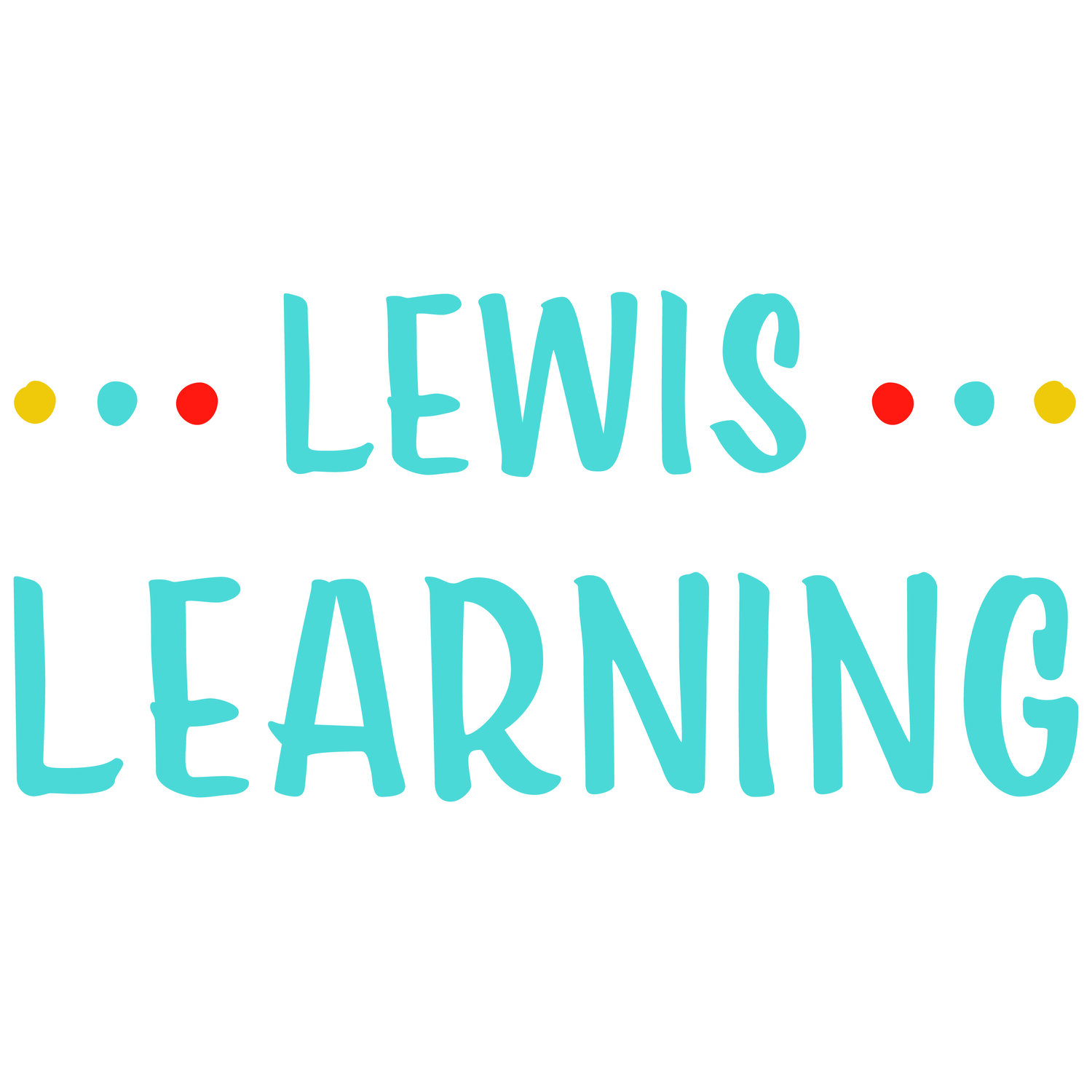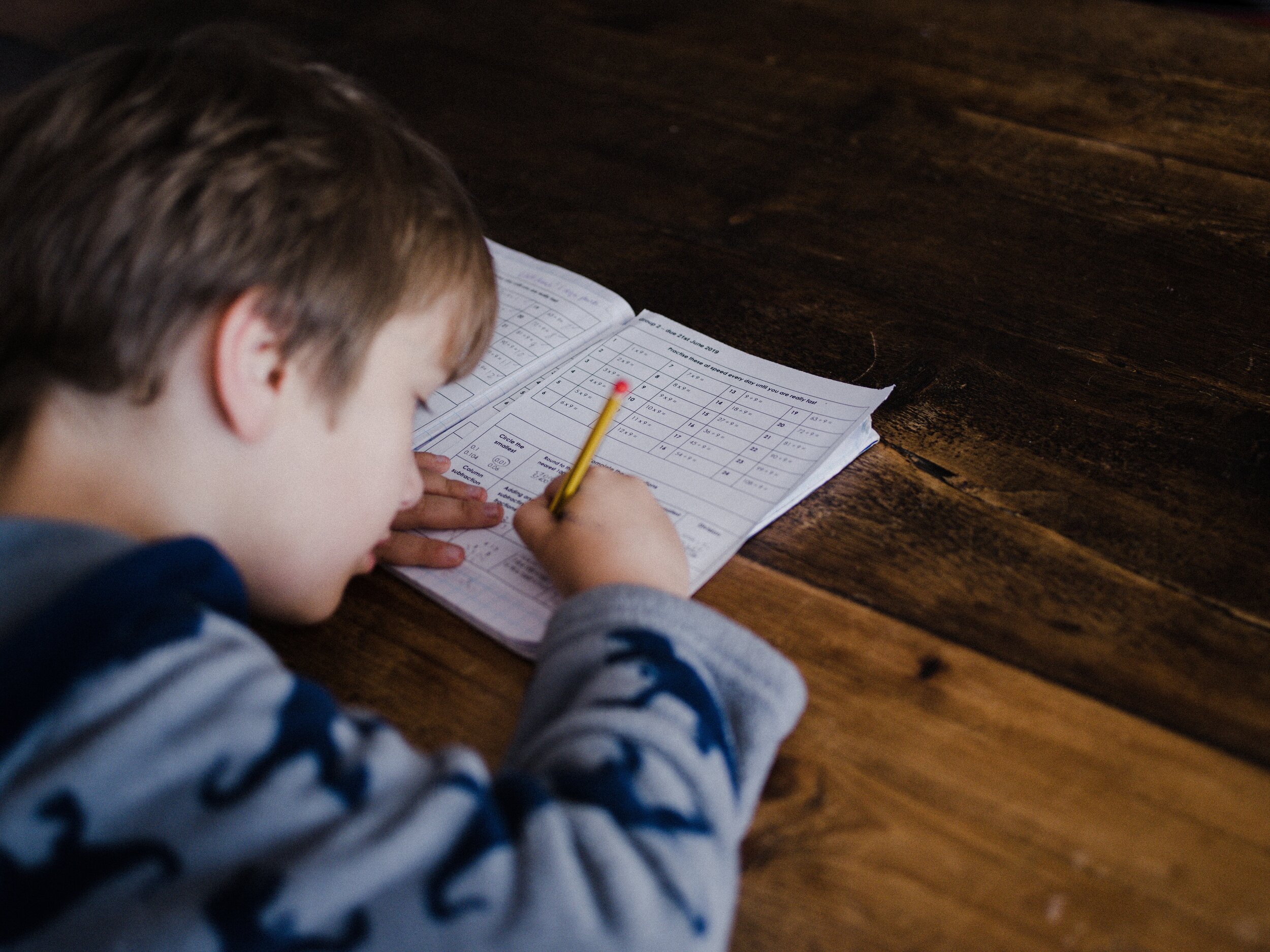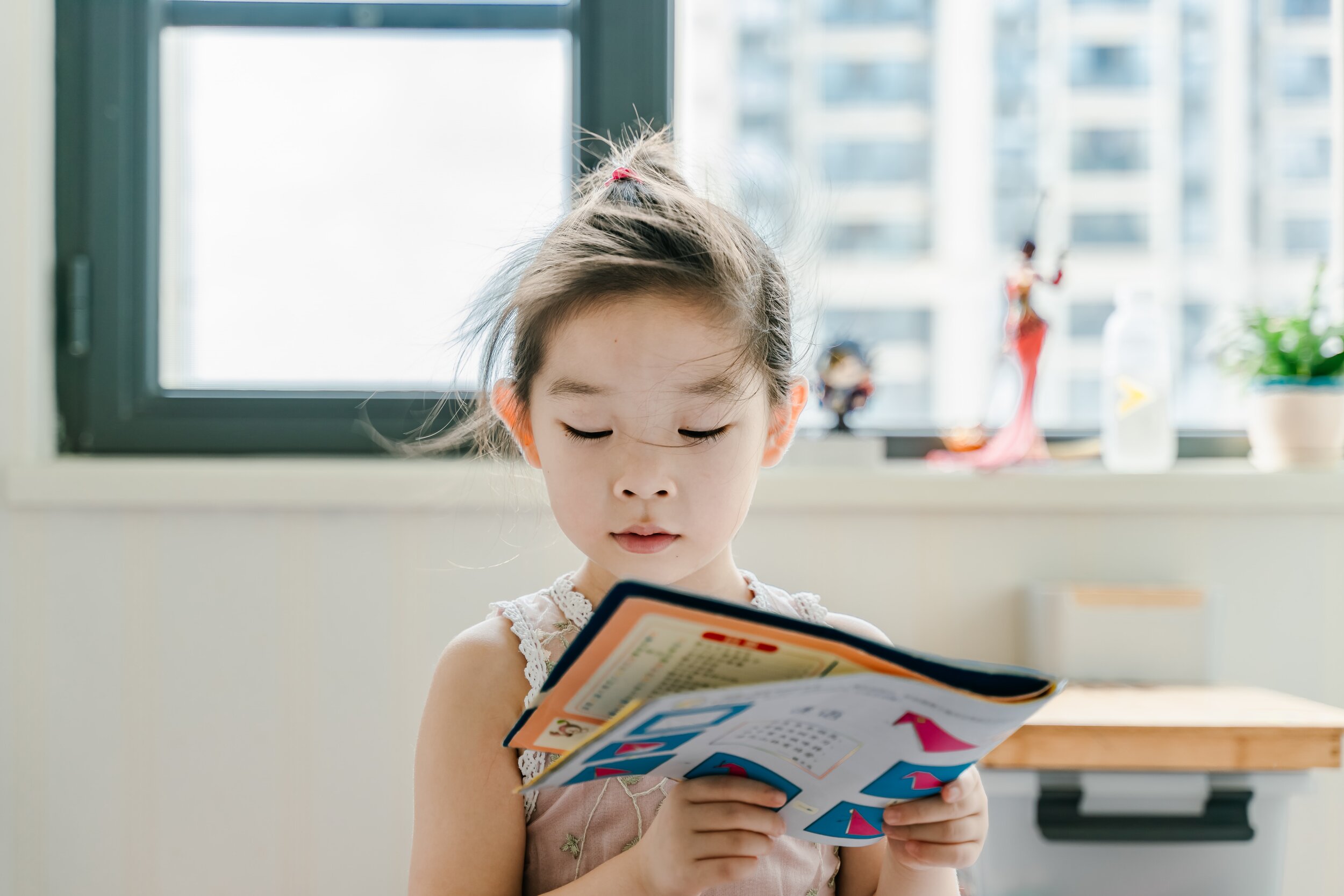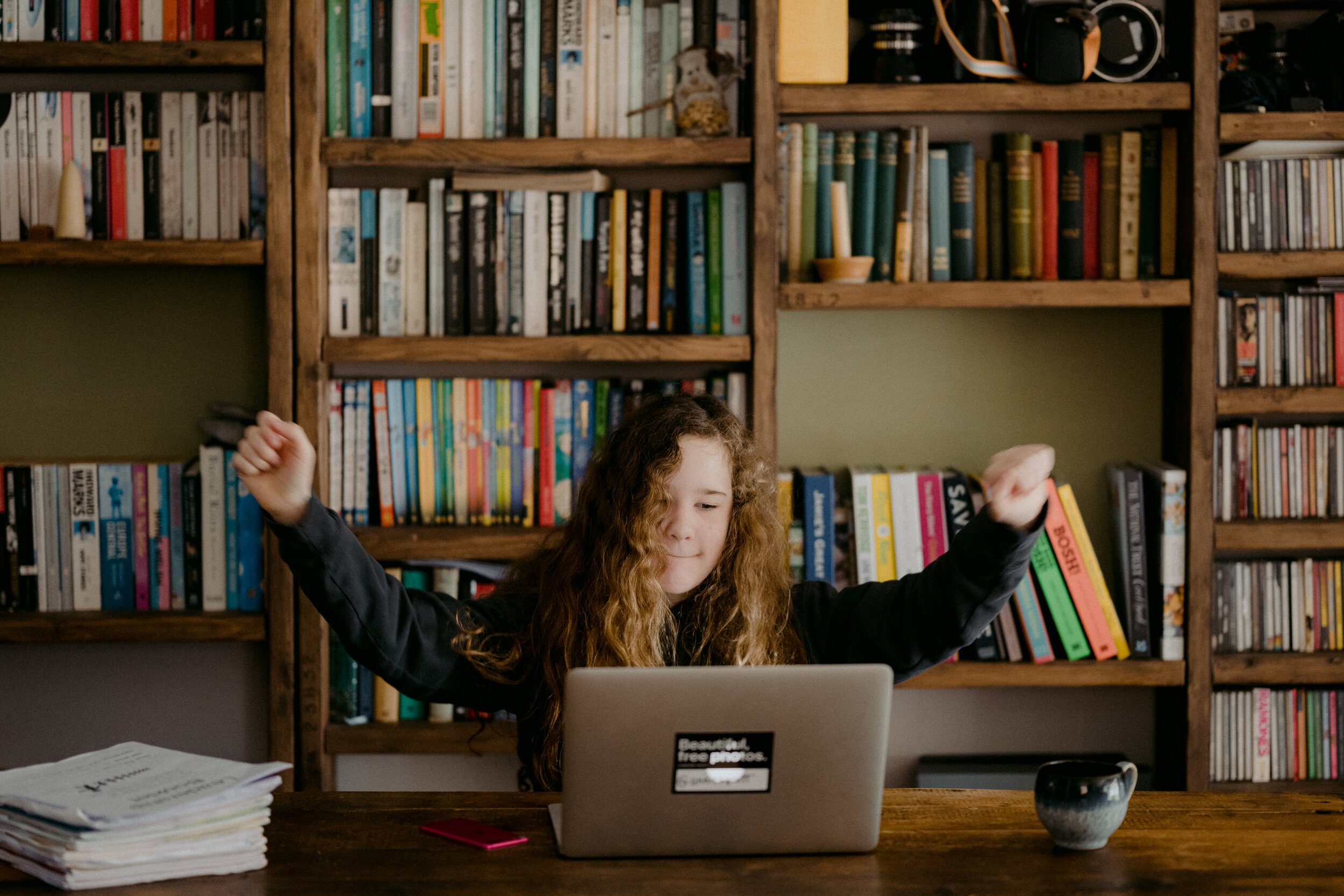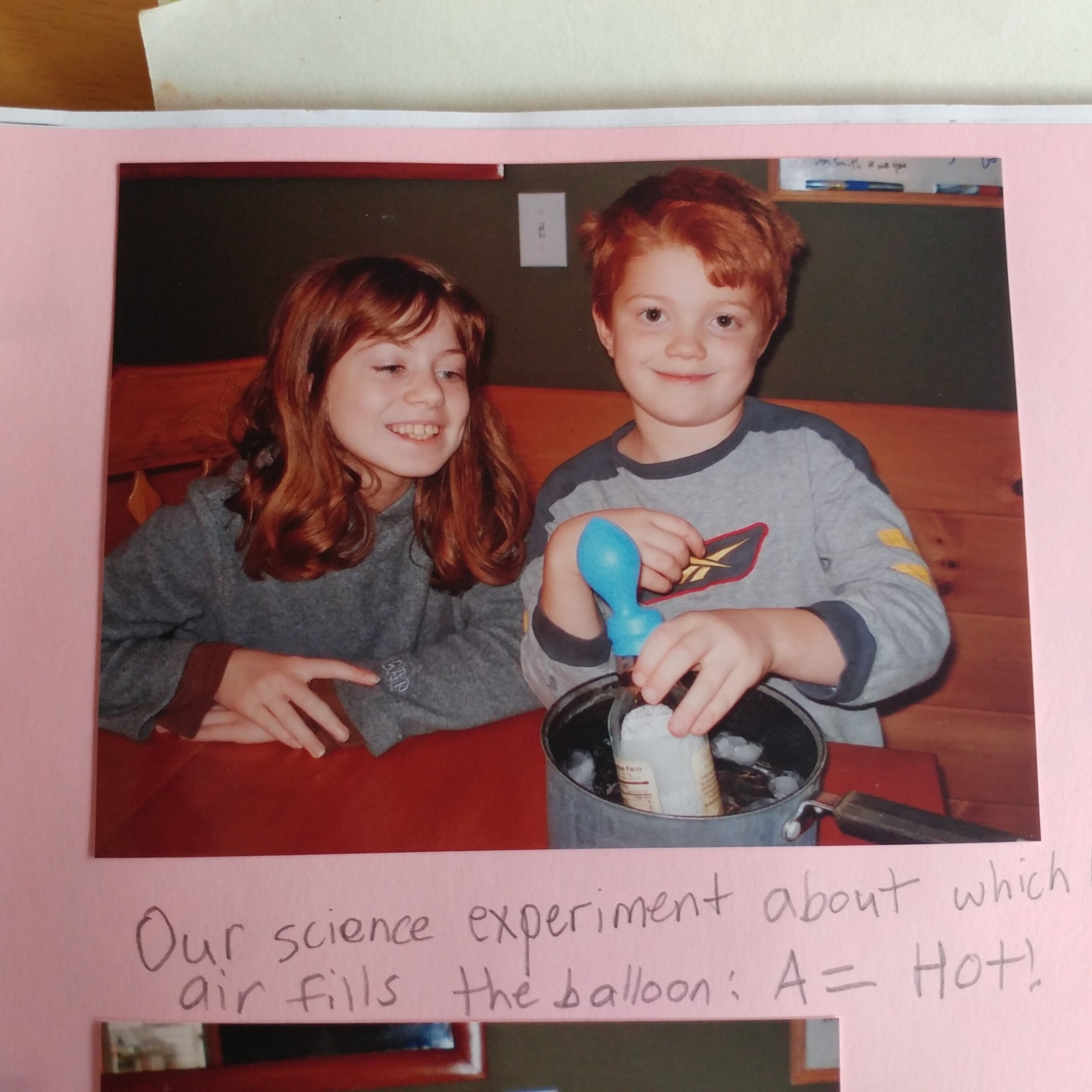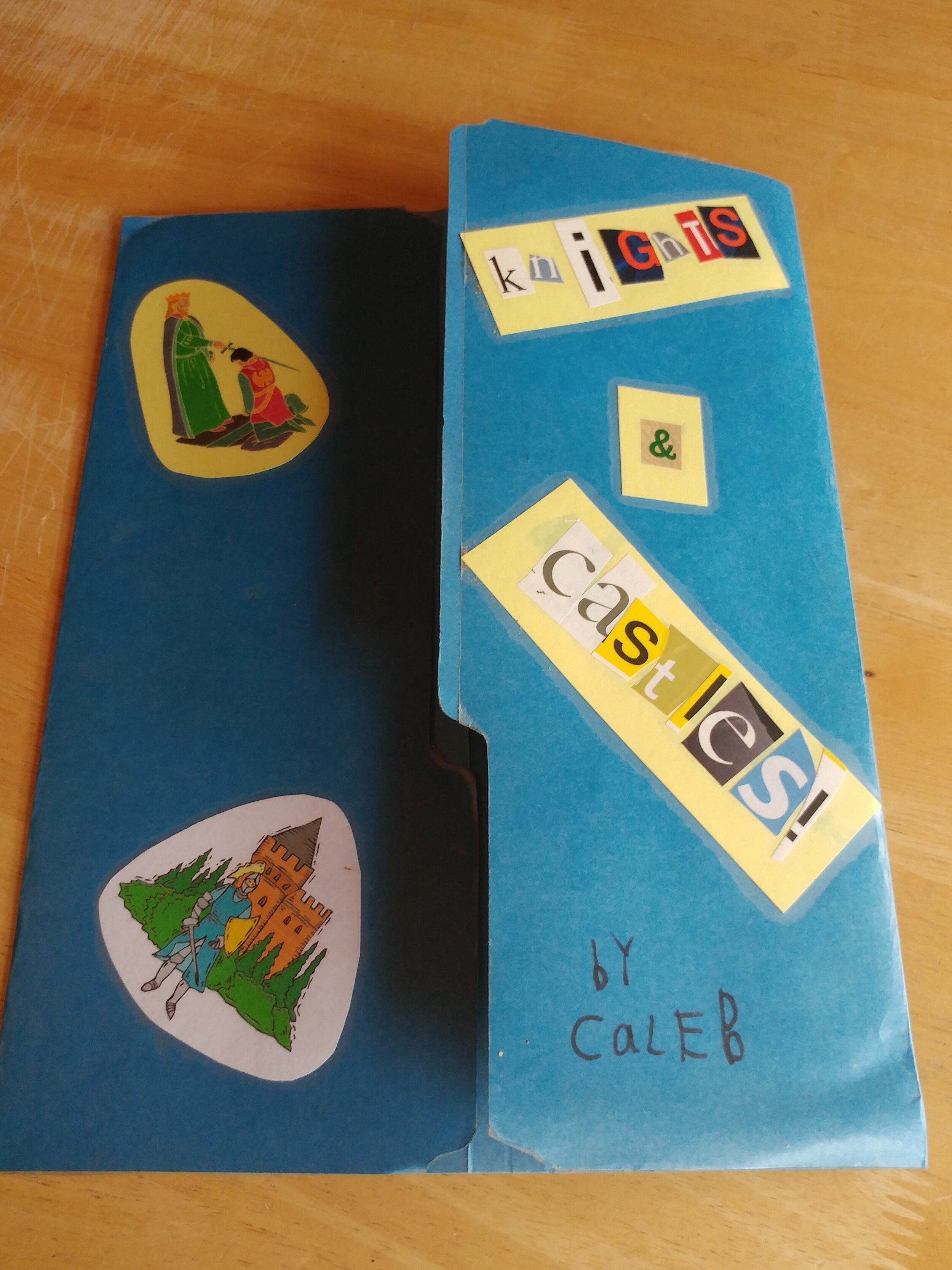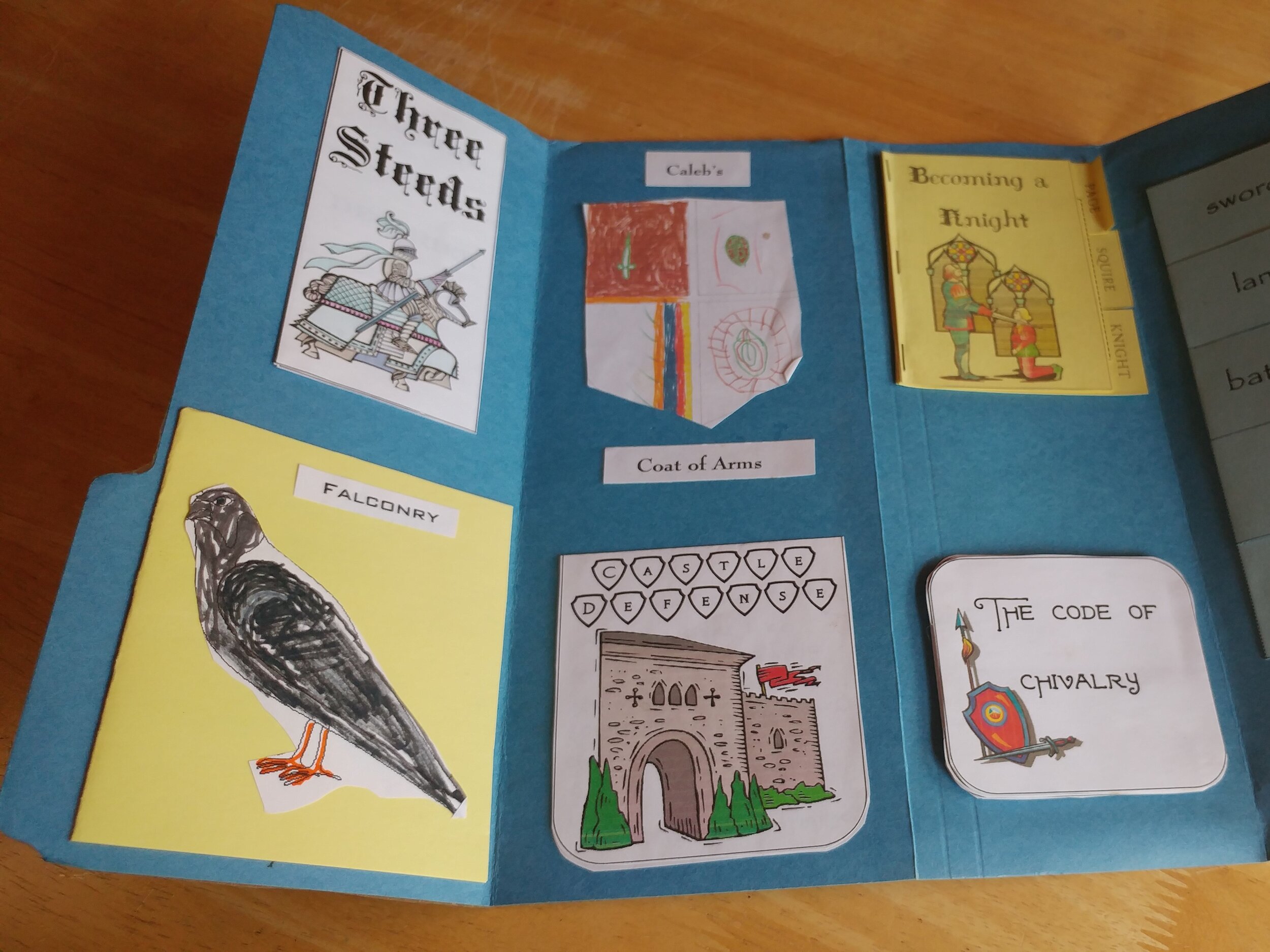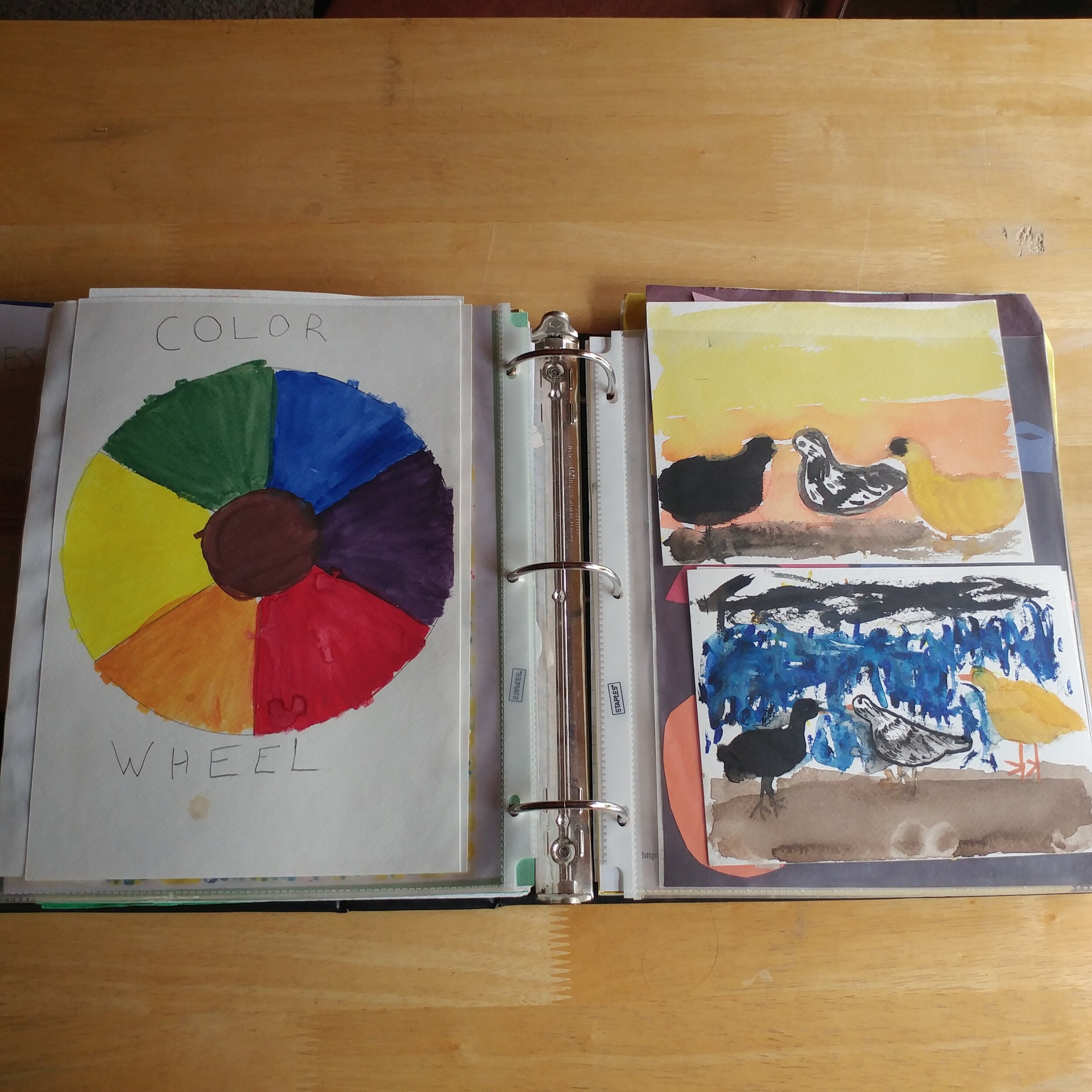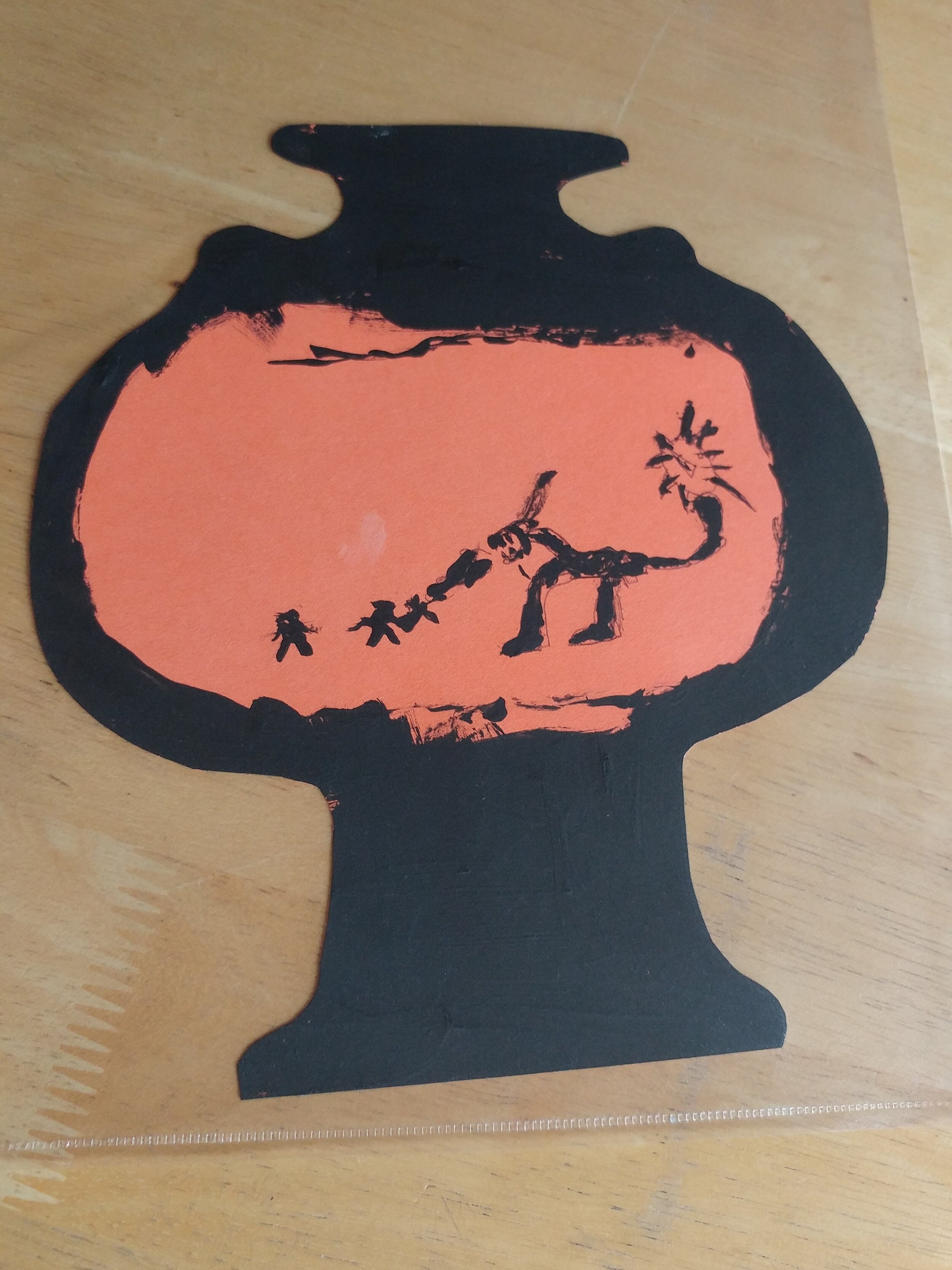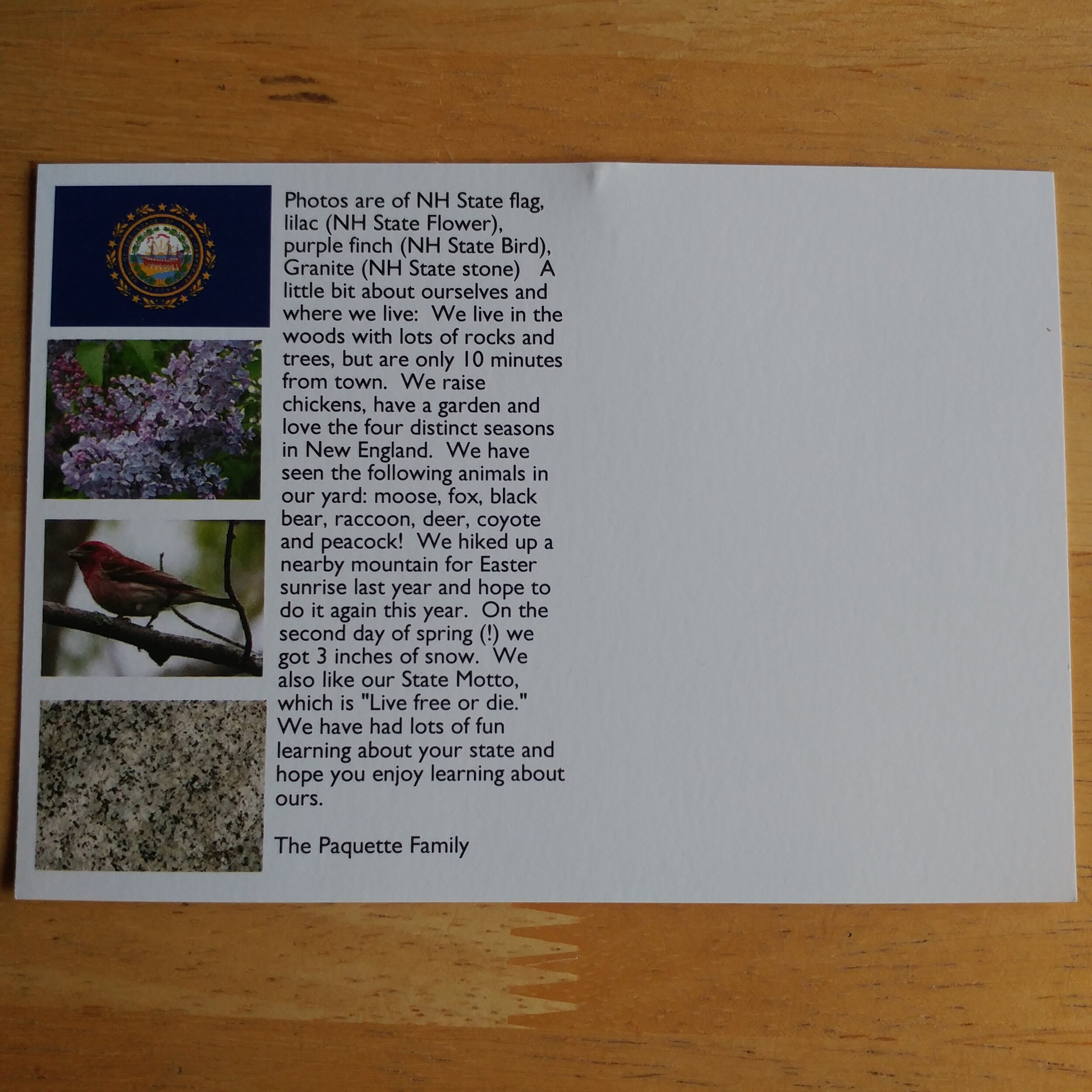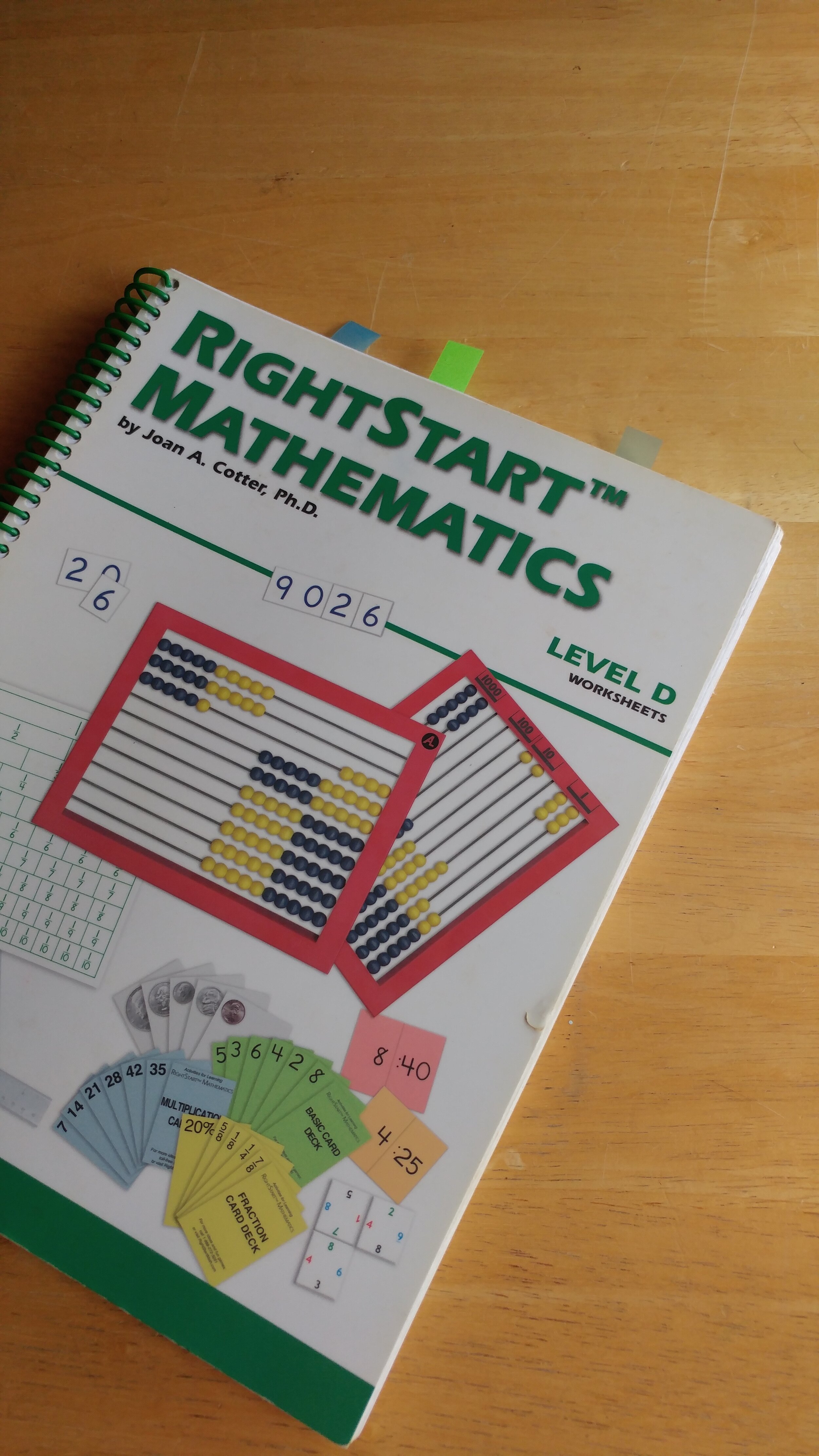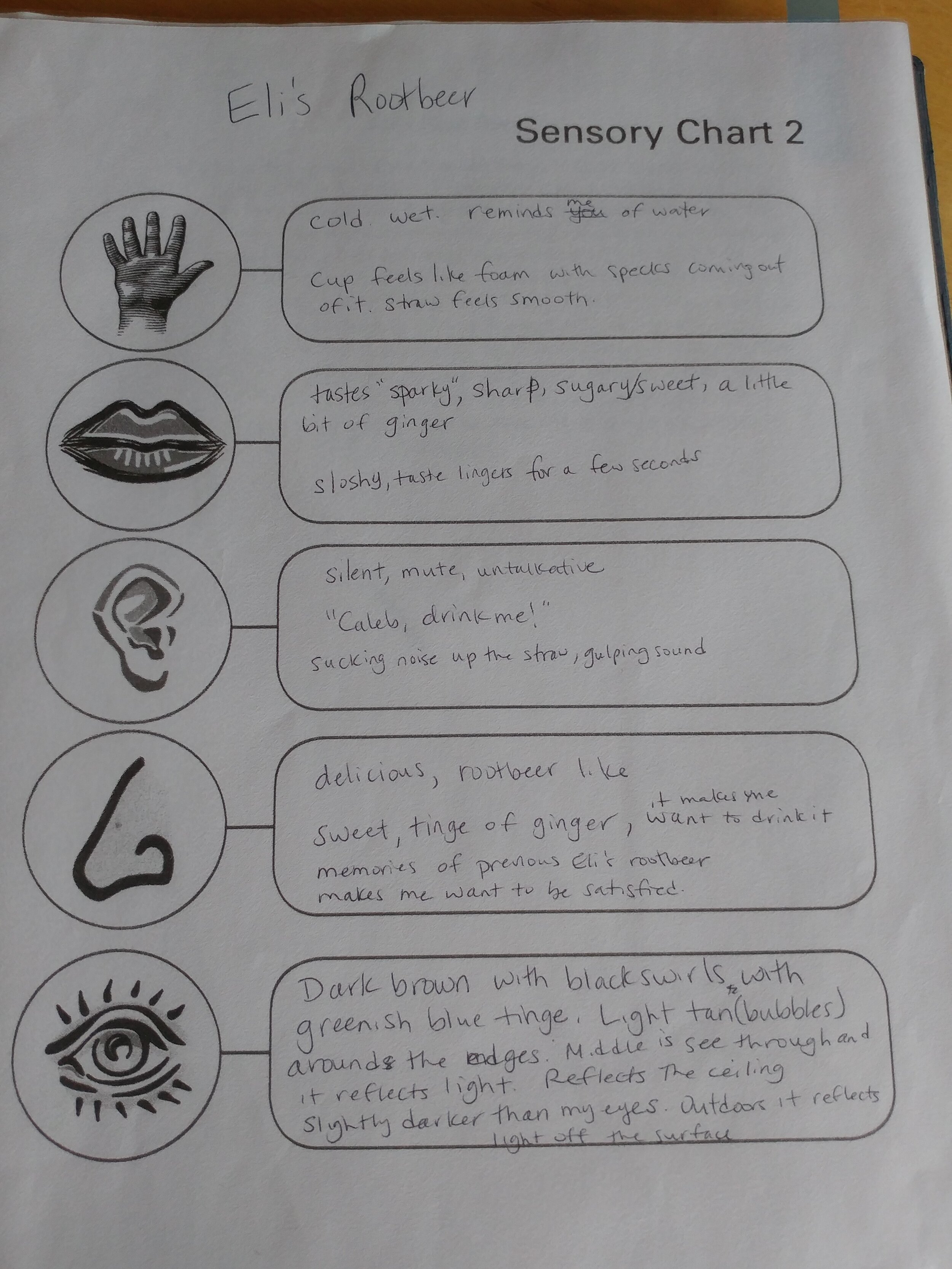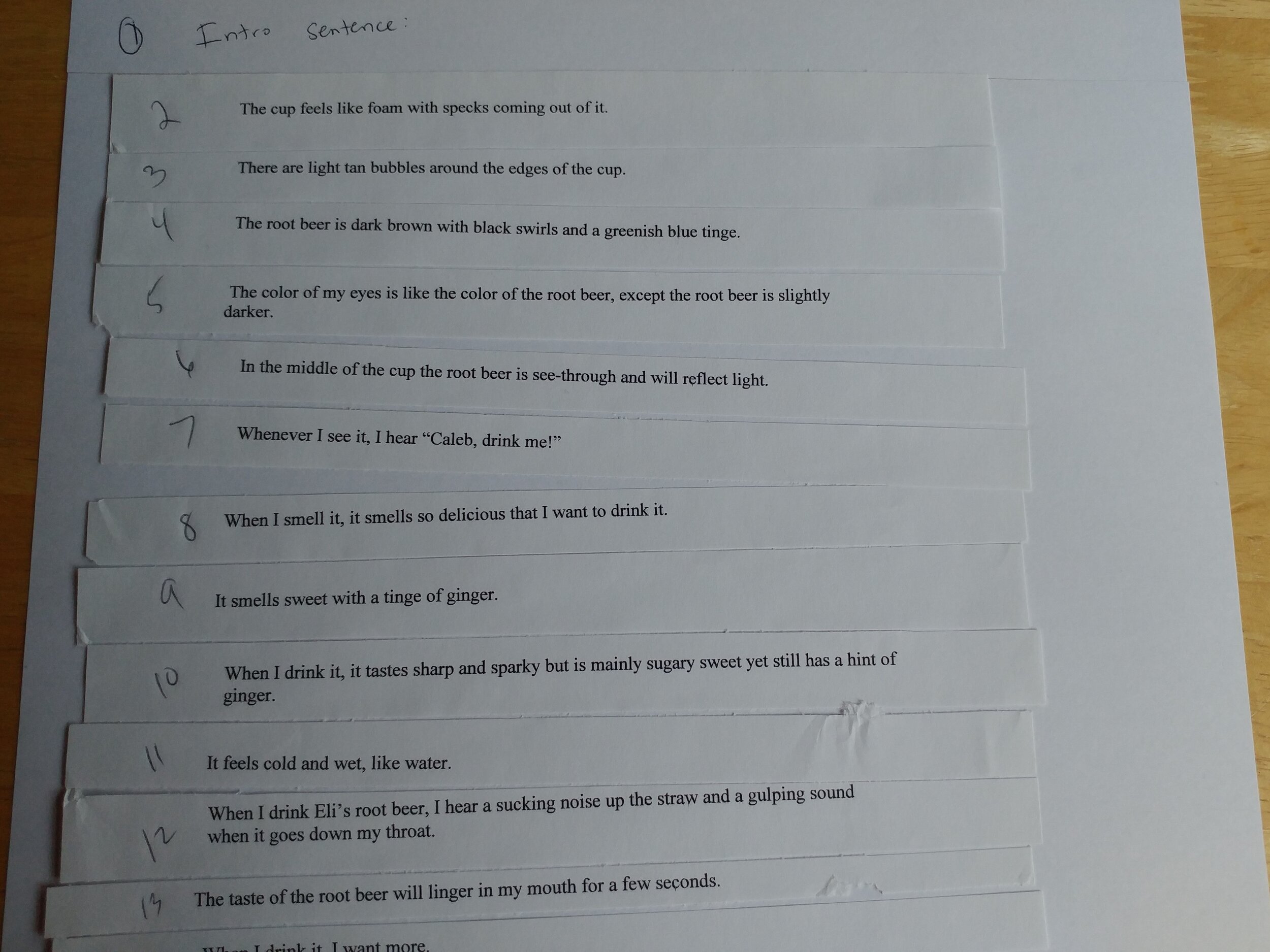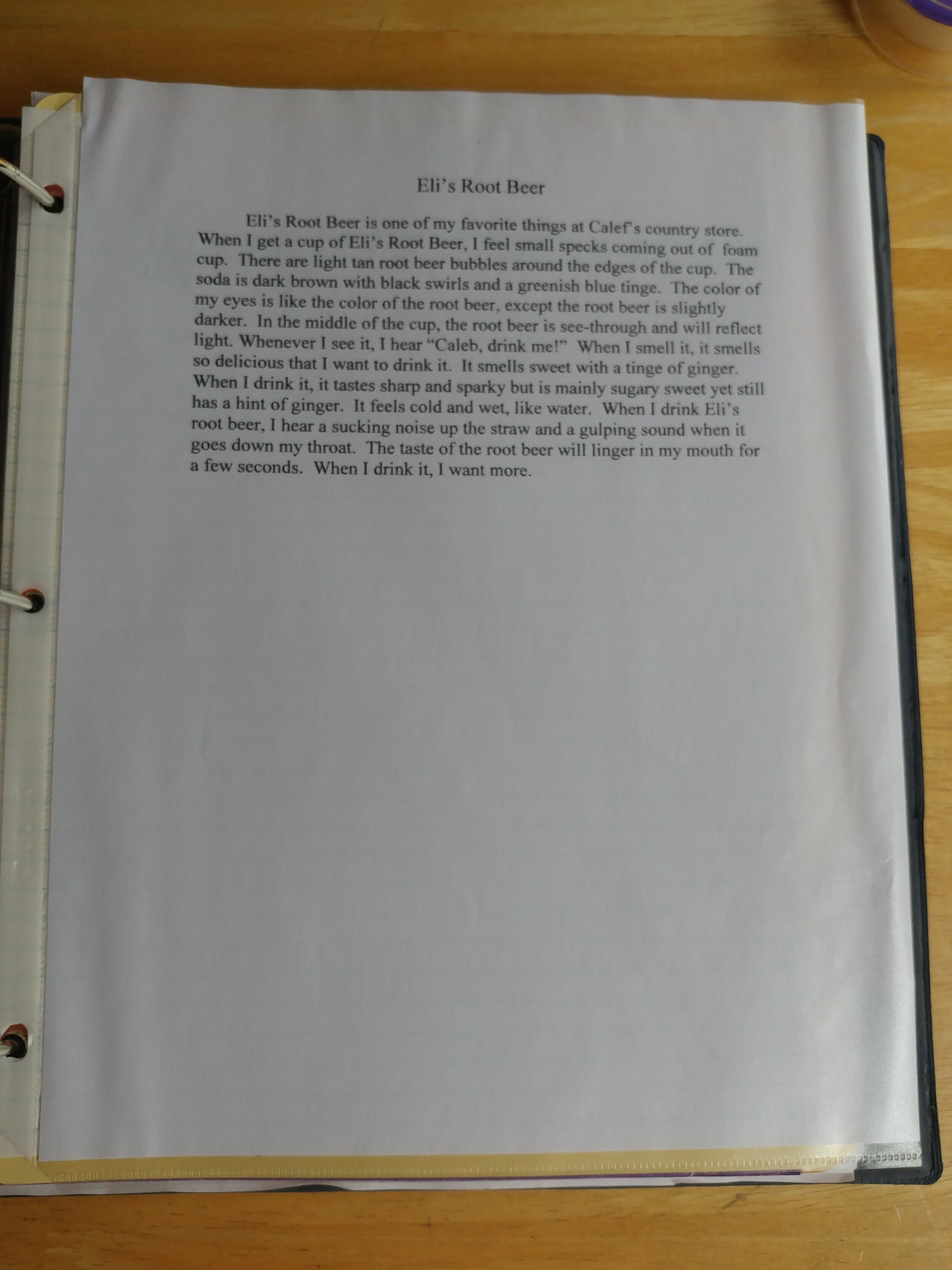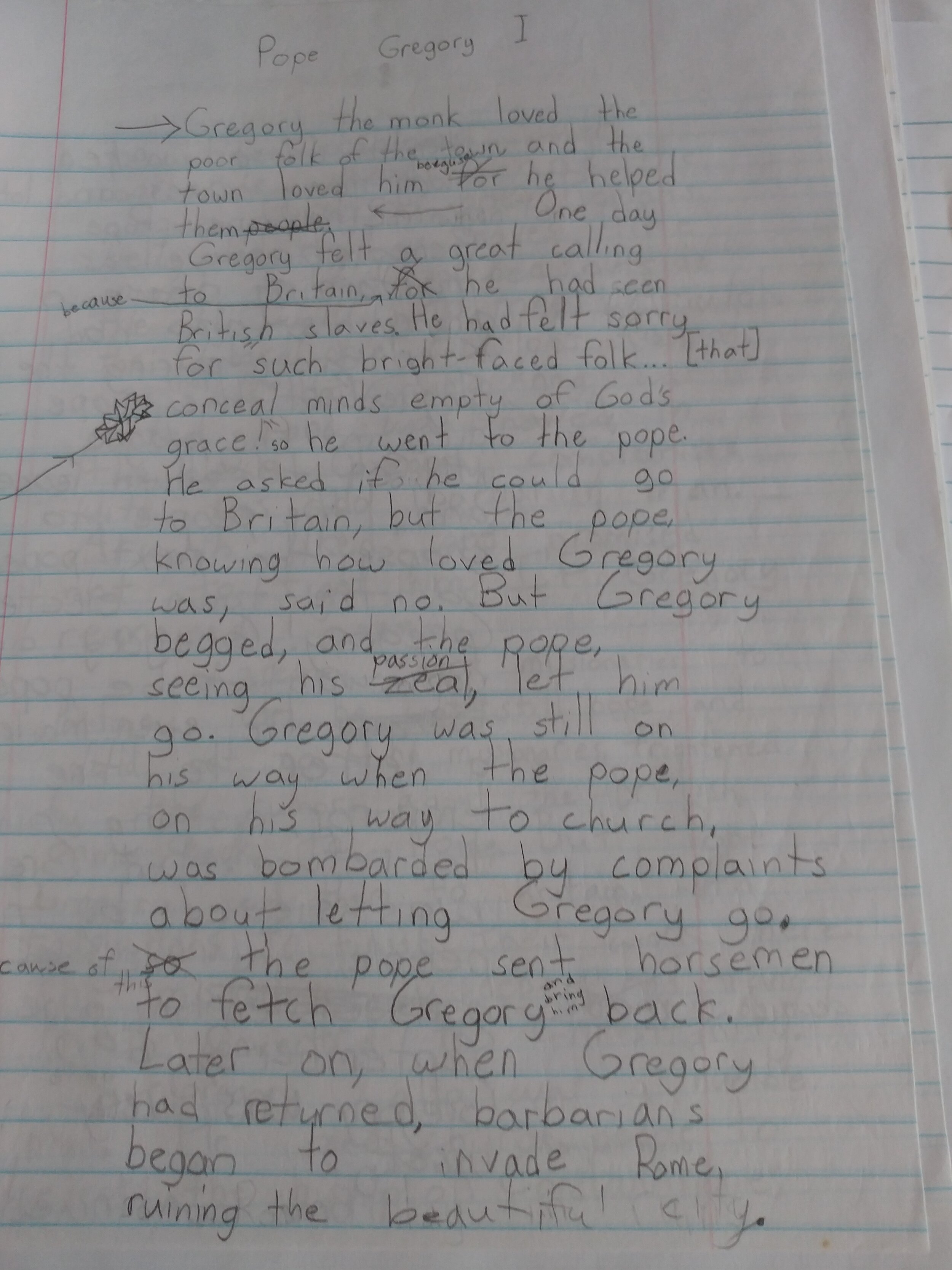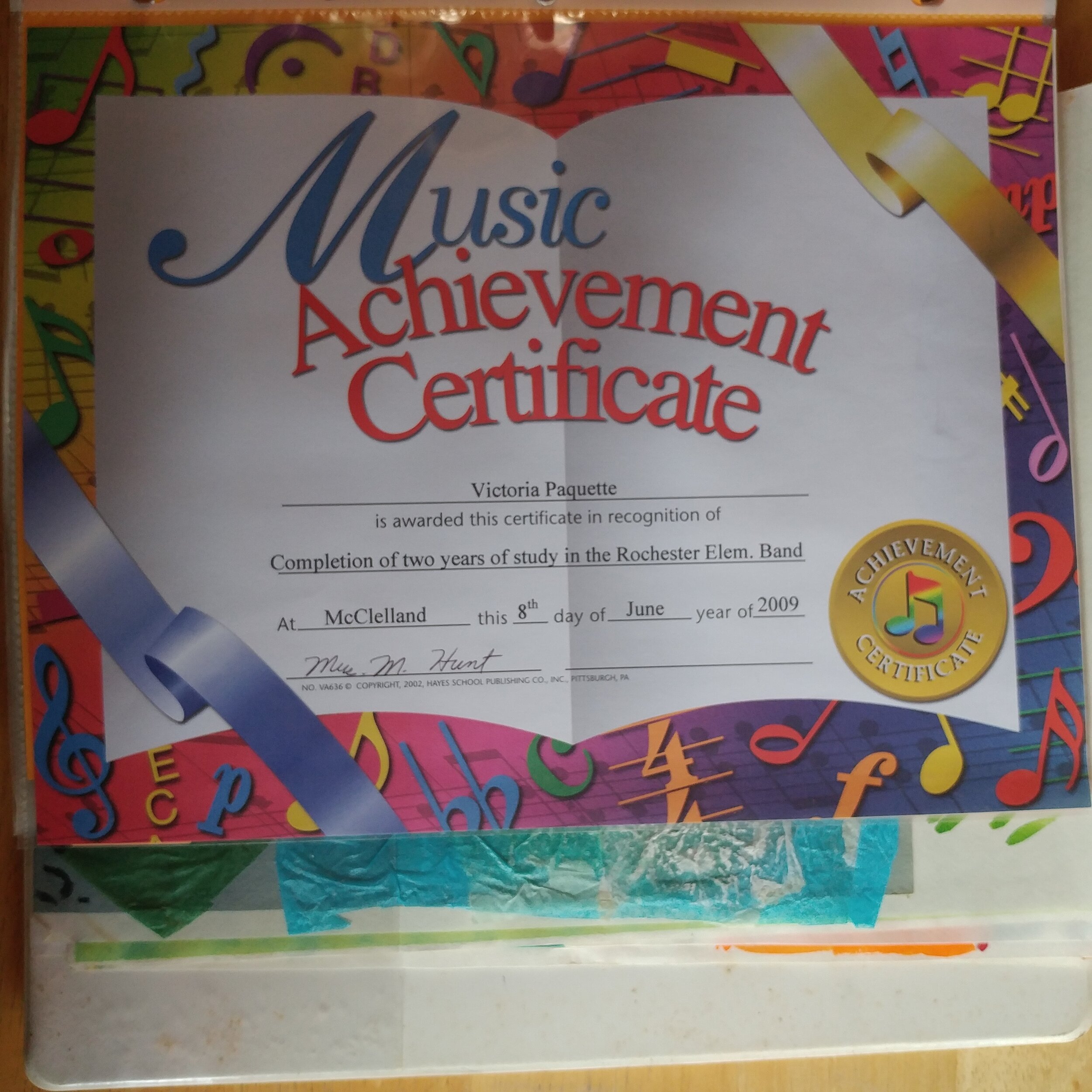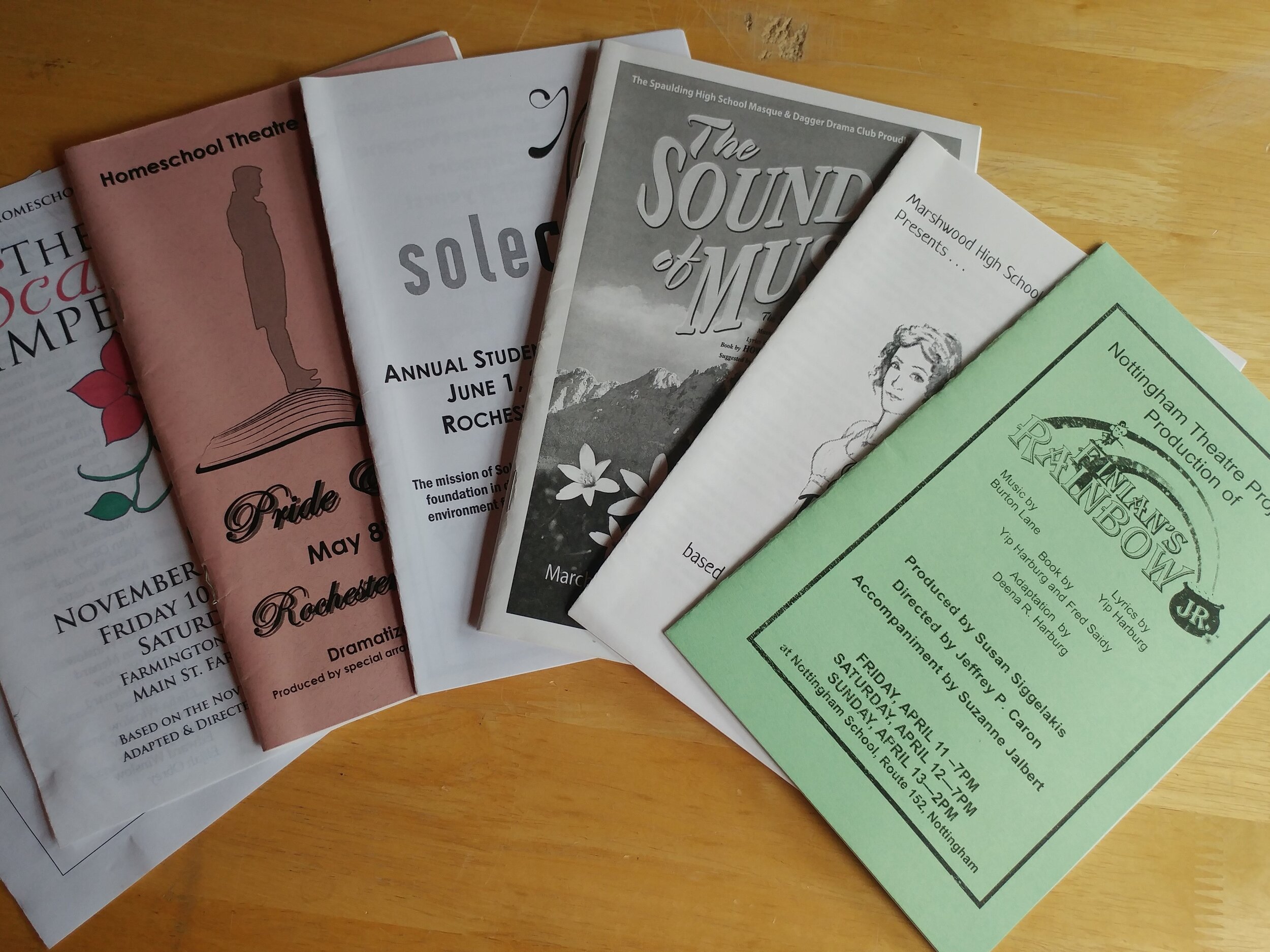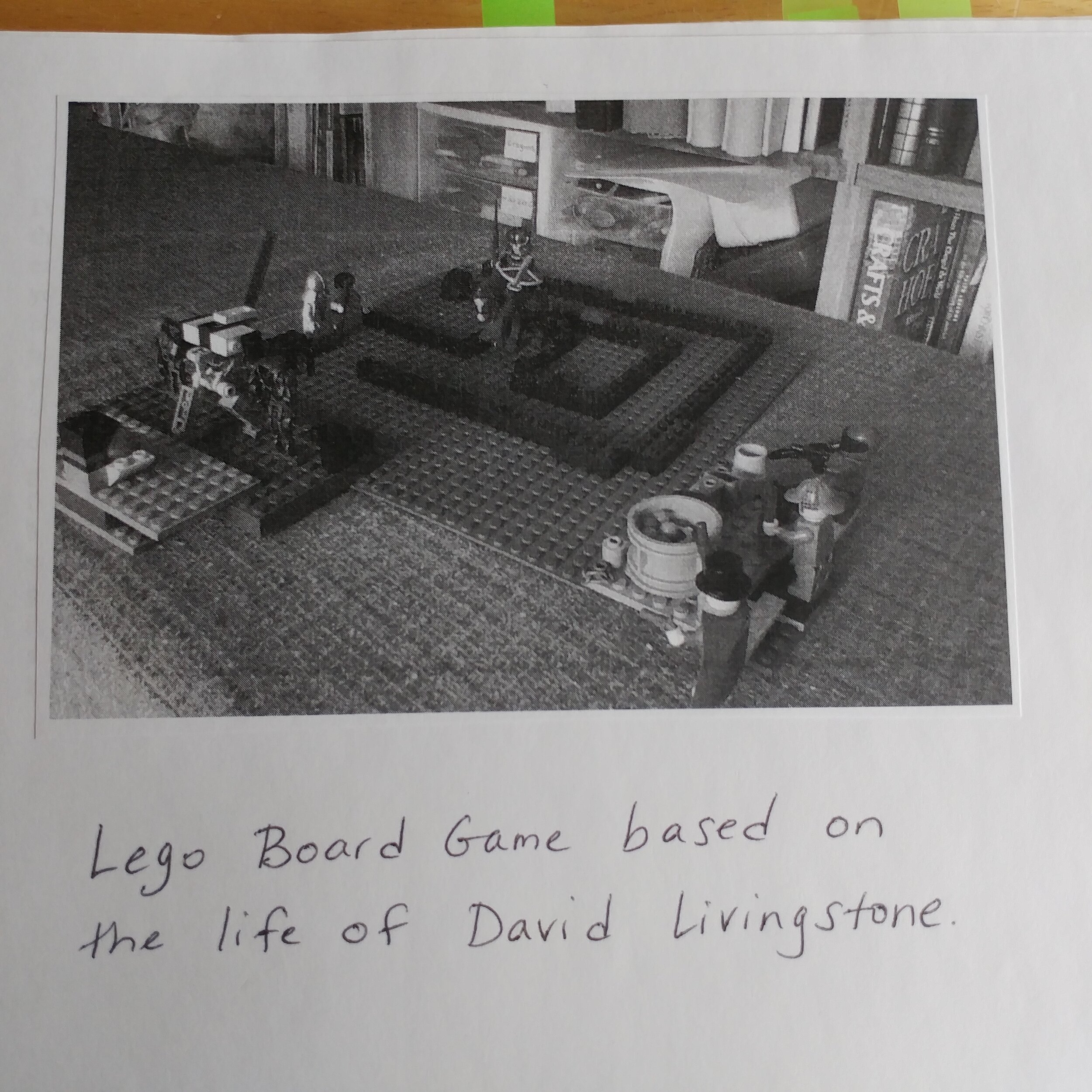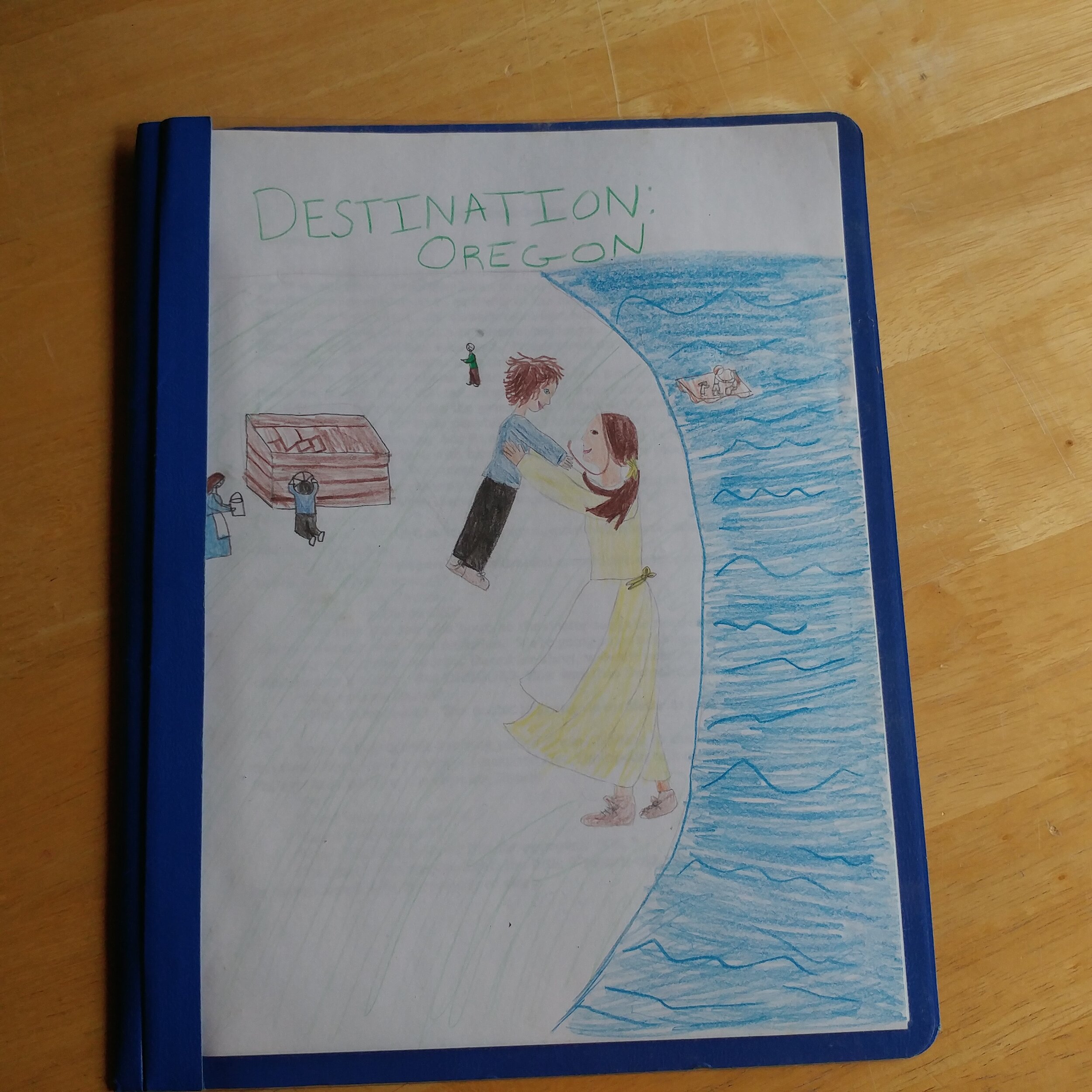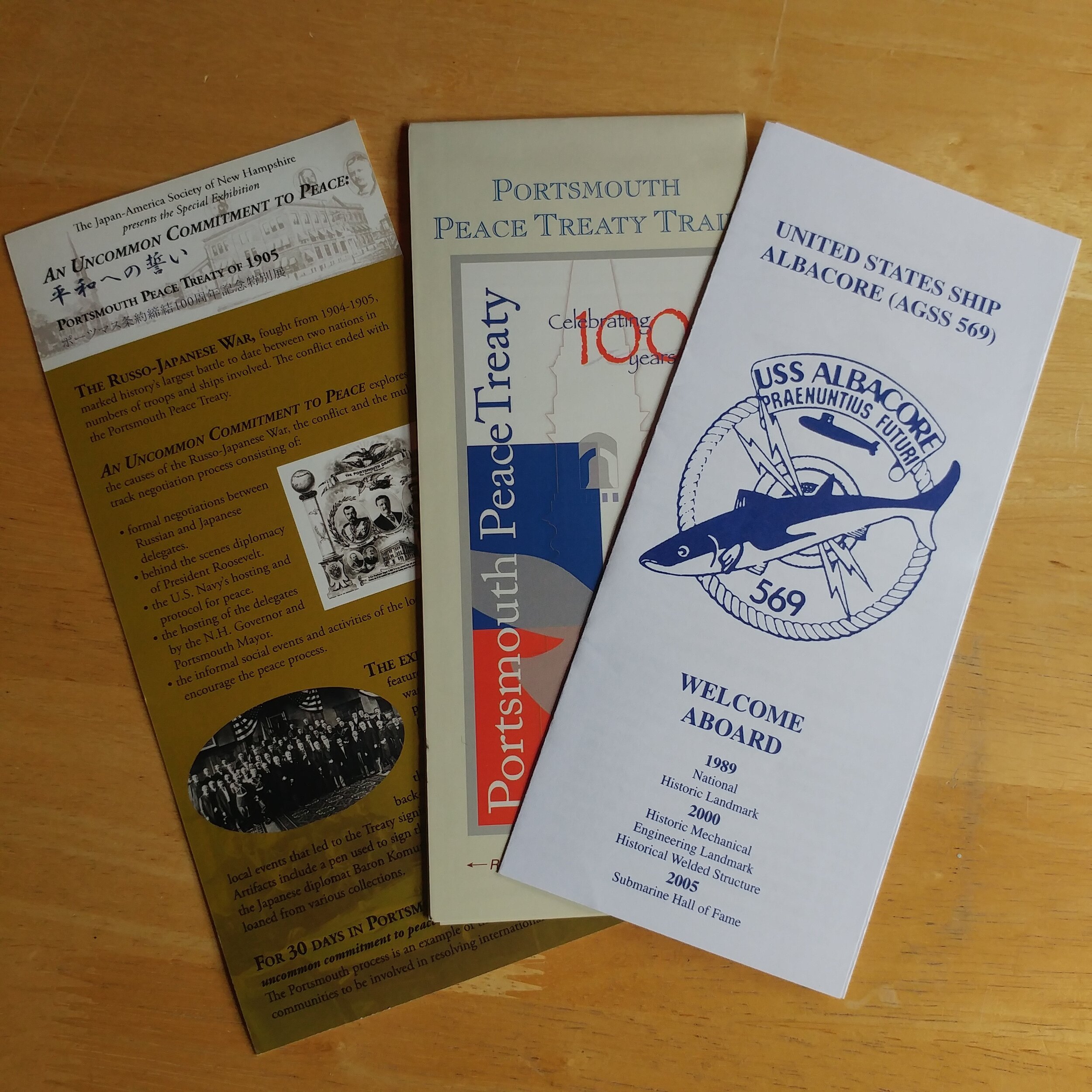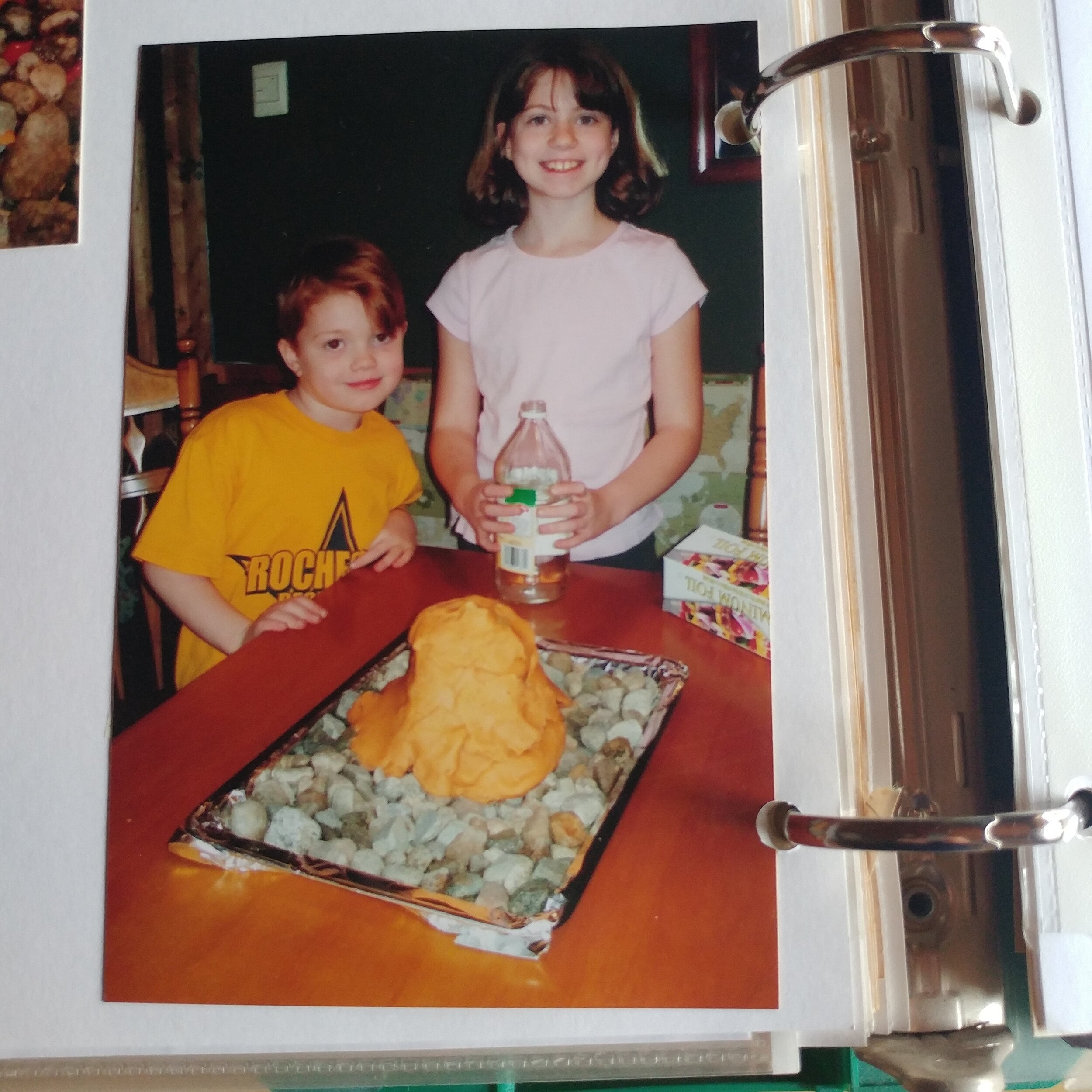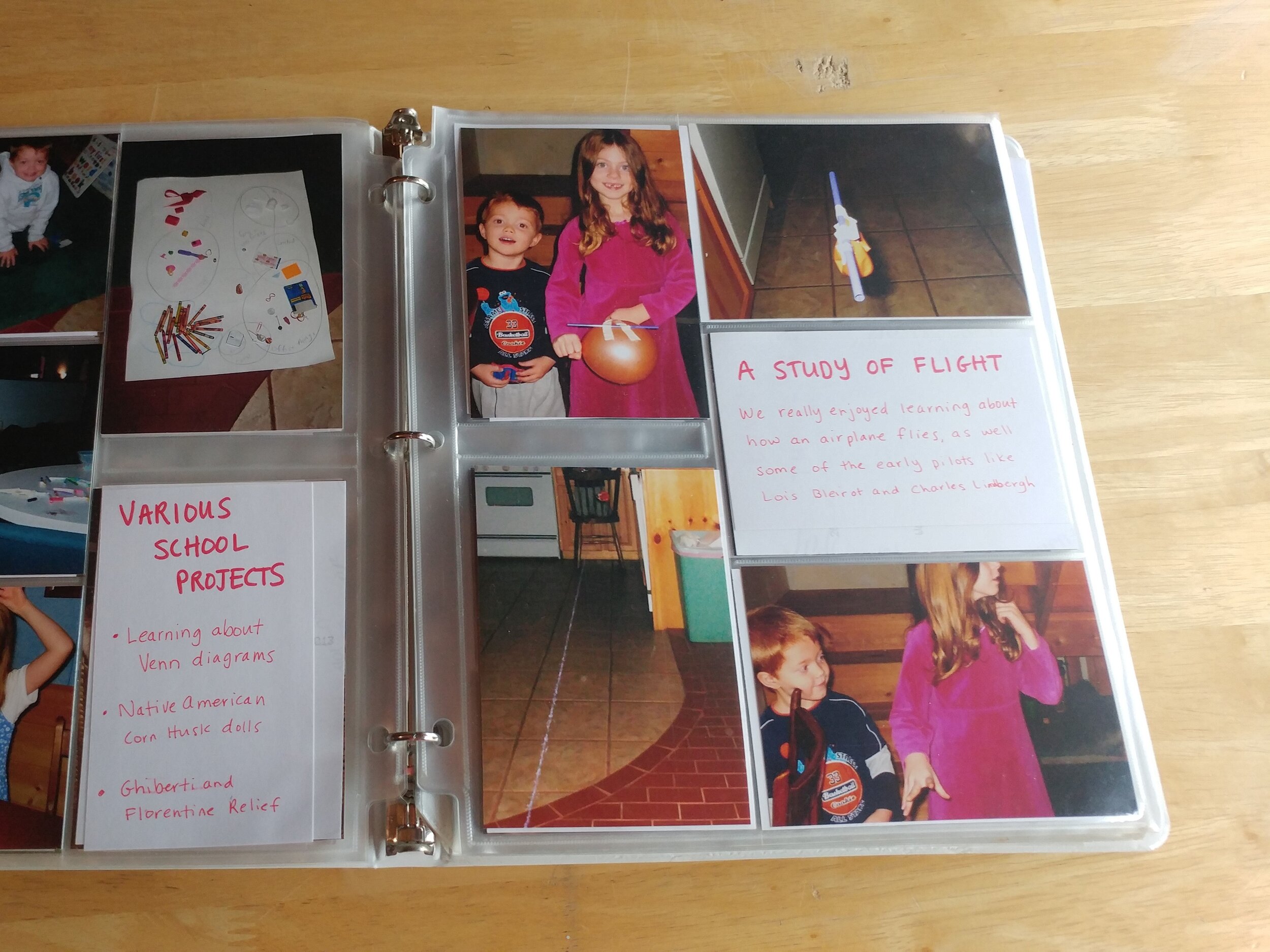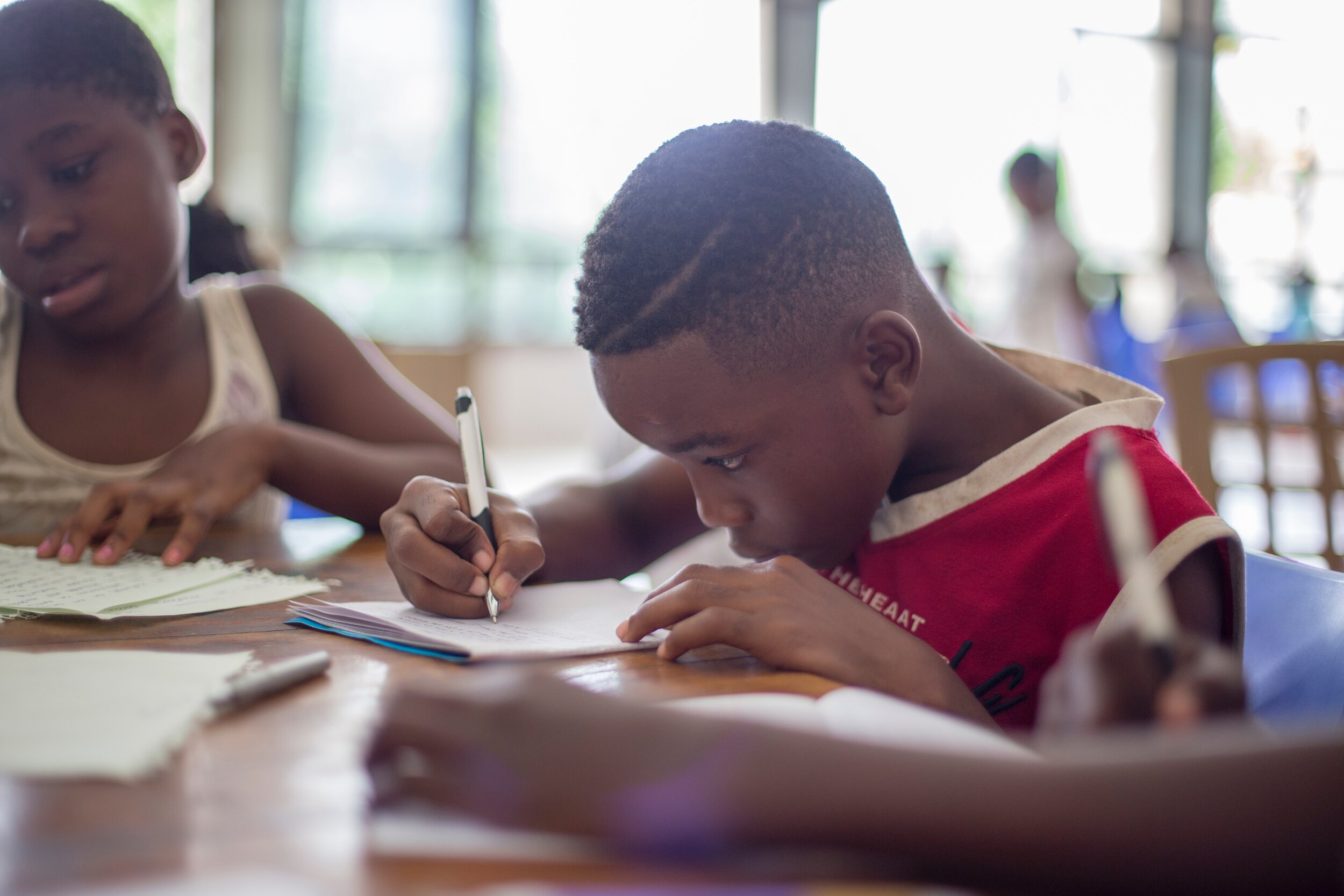Ways to Demonstrate Learning
Here are some ideas for how your child can show what they have learned other than worksheets or tests.
· Make a diorama or a scene with small toys or Legos
· Create a game based on the topic
· Write a song or poem related to the topic
· Cook a dish related to a specific culture or period of history
· Make a cookie dough map of a place you learned about
· Build a model of what you are learning about (clay or Model Magic, Lego, balsa wood, cardboard, paper Mache)
· Create a Minecraft world based on history/culture
· Write a skit, play, or puppet show
· Dress up in period clothing
· Create a lapbook
· Create a dance or pantomime that represents a historic event
· Create a journal page or letter from a famous person or from an anonymous person from a specific time period
· Create a newspaper front page from a specific time
· Pretend to be a news reporter and give a brief account of what you learned about
· Write a children’s book or cartoon about a certain period of time
· Create an advertisement (for a product from history, a science tool, a building or land as examples)
· Create a poster
· Design a t-shirt
· Create a PowerPoint presentation, slide show, or video
